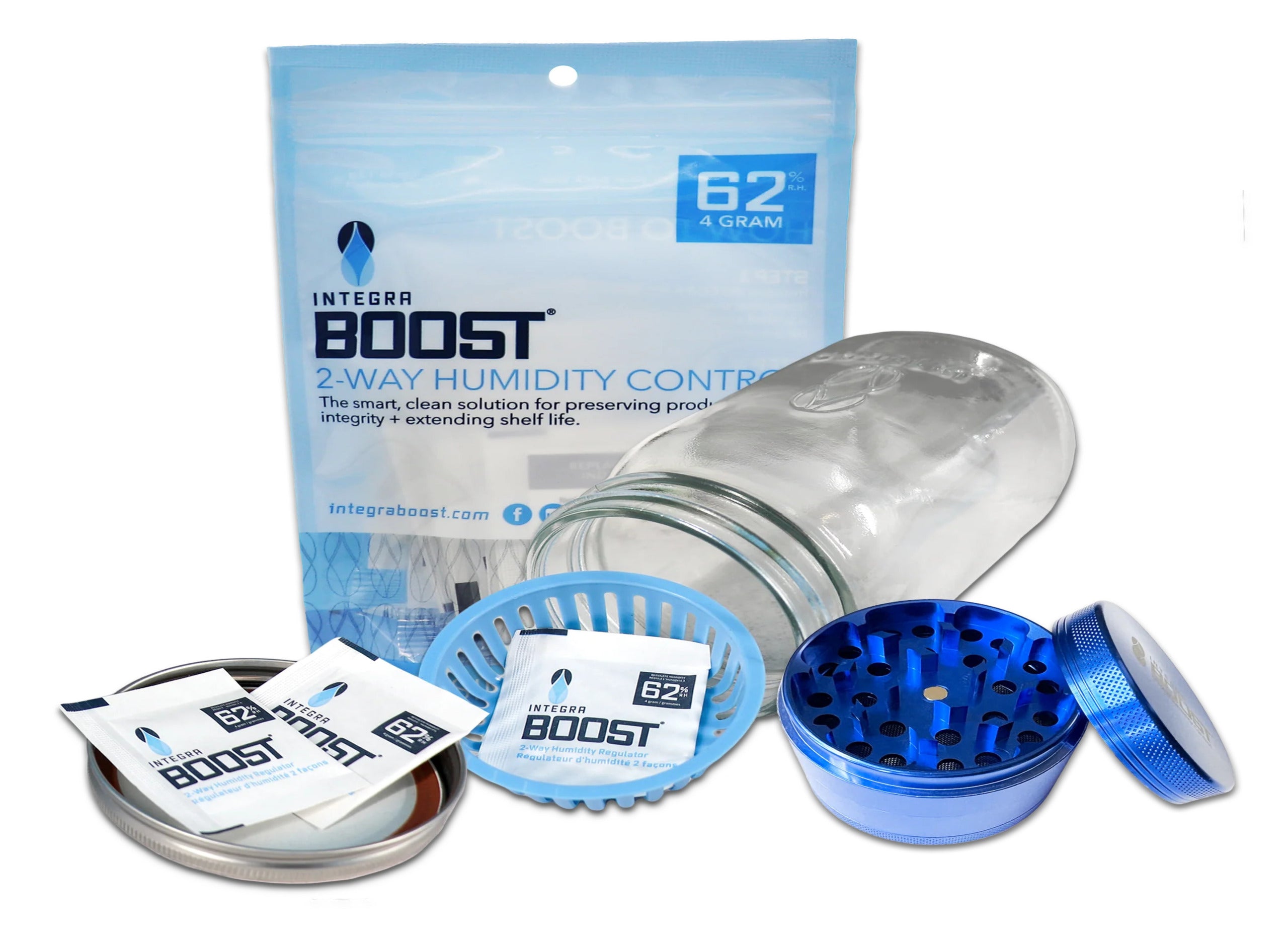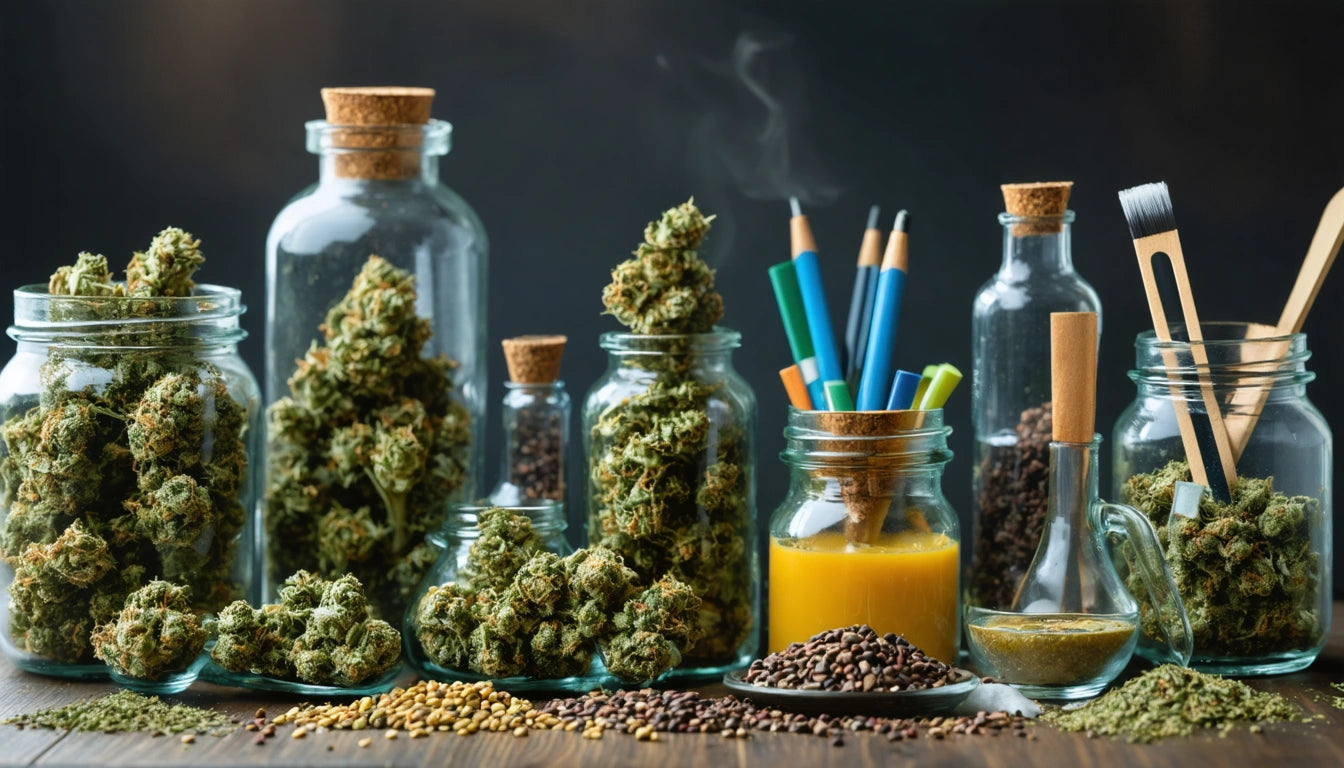Table of Contents
Cannabis businesses face unique challenges when importing packaging materials from overseas markets. While international sourcing can reduce costs and expand design options, it introduces complexities around tariffs, customs clearance, and regulatory compliance that domestic purchasing avoids. Understanding these factors is essential for maintaining supply chain stability and avoiding costly delays.
Understanding Import Basics for Cannabis Packaging
Importing cannabis packaging involves navigating multiple regulatory frameworks. Unlike the product itself, packaging can generally be imported legally, but requires careful documentation and compliance with both general import regulations and cannabis-specific requirements.
Key import considerations include:
- Country of origin documentation
- Material composition certificates
- Child-resistance certification (where applicable)
- Lead times that often exceed 8-12 weeks
As outlined in our guide on lead times and shipping for wholesale cannabis packaging, international orders require significantly longer planning horizons than domestic purchases.
Tariff Classifications and Cost Implications
Cannabis packaging falls under various Harmonized Tariff Schedule (HTS) codes depending on the material composition and intended use. Common classifications include:
- 3923.30: Plastic bottles, flasks and similar articles
- 7010.90: Glass containers
- 4819.20: Folding cartons and boxes of non-corrugated paper
Tariff rates typically range from 0-6.5% for most packaging materials, but can increase during trade disputes or for specific materials. Recent supply chain disruptions have highlighted the importance of developing reordering strategies that account for potential tariff changes.
Customs Clearance Process for Cannabis Packaging
Customs clearance represents one of the most challenging aspects of importing cannabis packaging. While the packaging itself is legal to import, its association with cannabis can trigger additional scrutiny. Working with customs brokers familiar with cannabis-adjacent industries can help navigate these complexities.
The clearance process typically involves:
- Filing entry documents with Customs and Border Protection
- Paying applicable duties and fees
- Potential examination of goods
- Release of goods from customs custody
For companies managing multiple facilities, coordinating packaging across multi-state operations requires understanding how customs clearance timing affects inventory availability across different locations.
Regulatory Compliance and Material Restrictions
Beyond customs requirements, imported packaging must comply with both general packaging regulations and cannabis-specific rules:
- FDA regulations for food-contact materials
- Consumer Product Safety Commission (CPSC) requirements
- State-specific cannabis packaging regulations
- Child-resistant packaging certifications
When scaling operations, many businesses invest in specialized filling and packaging equipment to maintain compliance while increasing efficiency. This equipment must be compatible with imported packaging specifications to ensure proper sealing and child-resistance features function as certified.
Domestic vs. International Sourcing Considerations
The decision between domestic and international packaging sources involves weighing several factors. As explored in our comparison of domestic vs. overseas manufacturers, each approach offers distinct advantages:
International Sourcing Benefits:
- Lower unit costs at scale
- Wider range of customization options
- Access to specialized manufacturing capabilities
Domestic Sourcing Benefits:
- Faster lead times
- Simplified compliance verification
- Reduced regulatory risks
- No import-related costs or delays
For many cannabis businesses, a hybrid approach works best, with careful forecasting allowing for strategic importing of high-volume items while sourcing time-sensitive or specialized packaging domestically.
Risk Mitigation Strategies for Packaging Importers
Successful cannabis packaging importers implement several strategies to minimize disruptions:
- Developing relationships with multiple suppliers across different regions
- Creating a formal packaging procurement SOP
- Maintaining safety stock levels that account for import delays
- Working with experienced customs brokers familiar with cannabis-adjacent industries
- Conducting regular compliance reviews of packaging specifications
Additionally, establishing clear contracts and service level agreements with overseas suppliers helps ensure quality standards are maintained and shipment schedules are respected.
Importing cannabis packaging offers significant advantages in cost and customization options, but requires careful navigation of tariffs, customs procedures, and regulatory requirements. By understanding these complexities and implementing appropriate risk management strategies, cannabis businesses can successfully incorporate international sourcing into their packaging supply chain while maintaining compliance and operational stability.











Leave a comment
All comments are moderated before being published.
This site is protected by hCaptcha and the hCaptcha Privacy Policy and Terms of Service apply.